
By Capt. Joe Kent
With the new year just getting underway, let’s address a topic that is one of the most debatable among anglers and that is when is the best time to go fishing and when is the worst. We also will address the best and worst seasons for fishing, again a very debatable subject. All of this centers around fishing the Galveston Bay Complex.
A number of years ago when the Houston Fishing Show was held in the old Albert Thomas Convention Center in downtown Houston a survey was taken of participants asking what they thought were the best and worst times to fish.
The answers were published in the Houston Post Newspaper which later became part of the Houston Chronicle.
According to the crowds visiting the show the best times are:
When you can; when the fish are biting; when you mow your grass the most often; during the Full Moon; during the New Moon; when it is overcast; when the wind is from the southeast; when winds are calm to light; summer and or fall.
The answers for the worst times were:
When the fish are not biting; when you take your vacation; during the winter months; during March; When it is stormy, windy, cold and when the tides are unusually low or high.
When reviewing the results of the survey I agreed with most of the responses for both the best and worst times.
Now, let’s take a look at what my experiences have shown as the best and worst times of year for fishing by evaluating each season.
Winter
Fishing often is good during the winter, especially the early part. While a number of species of fish have migrated away, trout, reds and a variety of pan fish are around. Winter presents two problems, one is the number of cold fronts that empty the bays and bring cold temperatures. This results in a disruption of the location of fish and their feeding patterns.
The other problem is with anglers who just do not like to be uncomfortable while fishing. Cold temperatures definitely present such problems.
Besides trout and reds, sheepshead, whiting and sand trout are good bets for action and tablefare. Toward the end of winter, the black drum run begins to take place.
Spring
In my opinion this is the worst of the seasons for fishing, especially around spring break each March. The culprit here is wind and constantly changing temperatures brought on by the continuous frontal systems. The three windiest months of the year occur during the spring and in order of magnitude they are April, March and May. The highlight of spring fishing is usually the black drum run when huge fish are caught all around the island, especially along the jetties and Texas City Dike. Some of the black drum are well over 50 pounds.
Summer
Summer is the beginning of more constant fishing and runs a close second to autumn as the choice of anglers for the best time to fish. Since offshore fishing is one of my choices, summer is my favorite time to fish, especially from mid-July to Labor Day. Just about all of the species of fish that are found around Galveston are present during the summer.
Fall
Fall is the choice of inshore anglers as fishing tends to peak in October and November and conditions are very pleasant to be outdoors. The annual croaker and flounder migrations of November add to the reasons for anglers choosing fall as the best time to fish.
In closing, I must go back to the very first reason given in the survey as the best time to go fishing and that is “when you can.” Have a great fishing year in 2020!









 By Capt. Brian “Flounder Professor” Spencer
By Capt. Brian “Flounder Professor” Spencer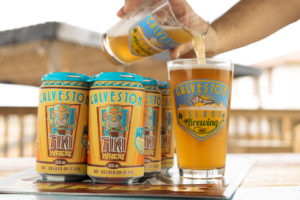
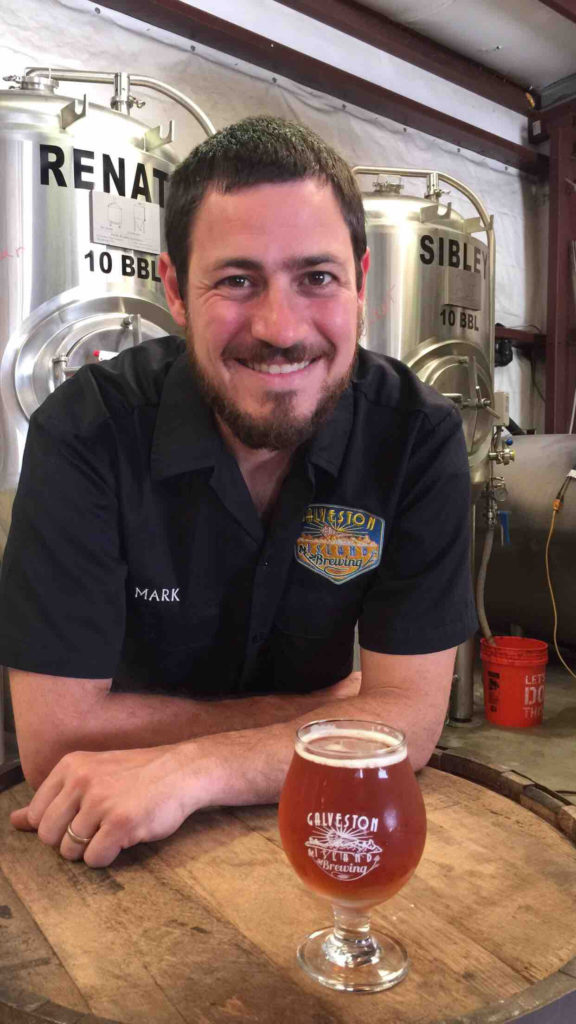
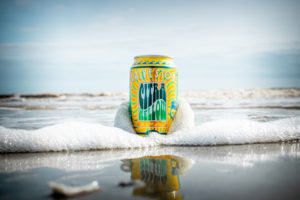
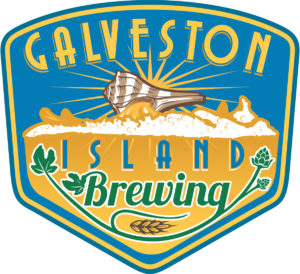 Galveston Island Brewing
Galveston Island Brewing





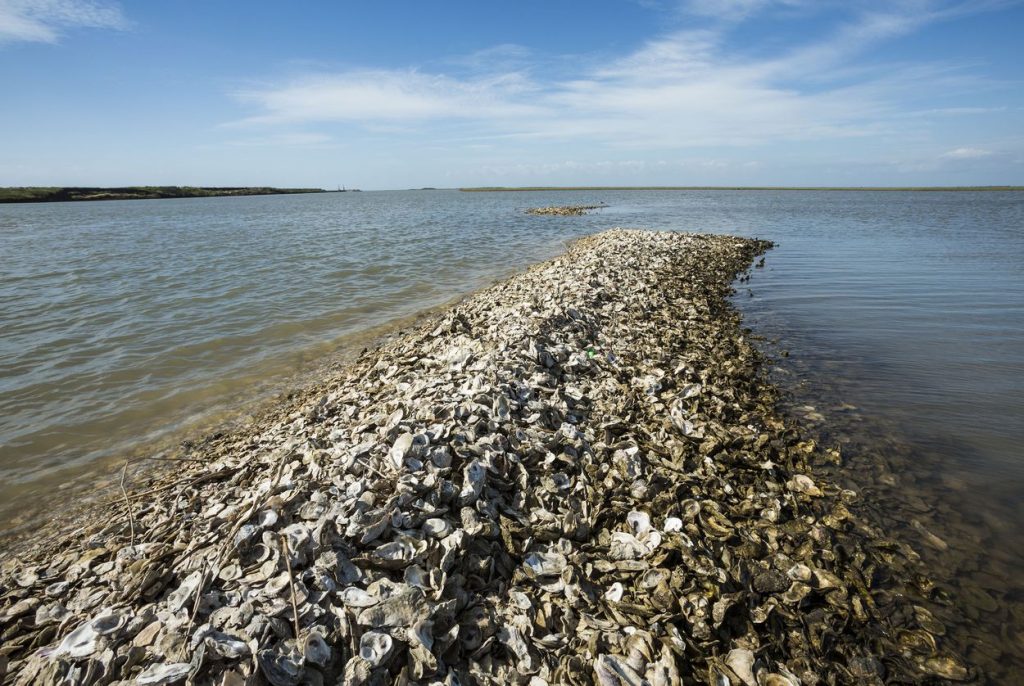

 By Kelly Groce
By Kelly Groce

























